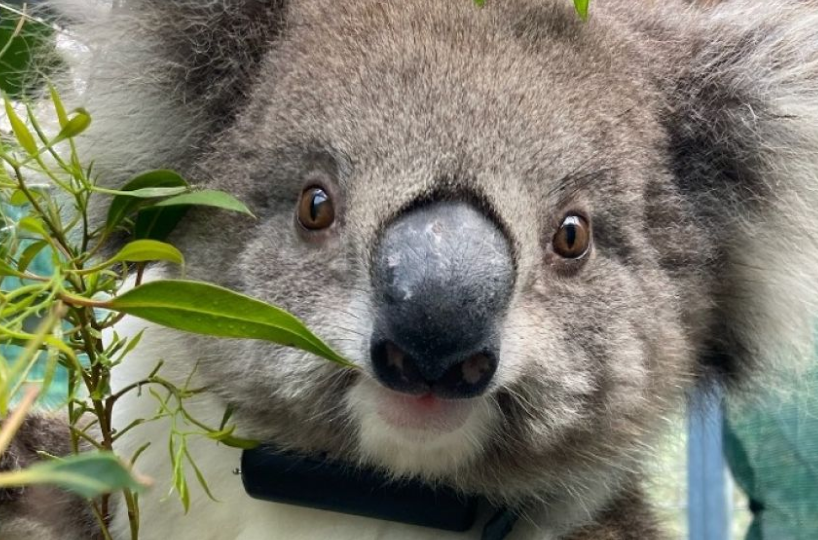



Tracking Ballarat’s koalas as urban sprawl threatens their habitat
Federation University researchers hope to get a clearer picture of the number of koalas and their patterns of habitat use in the Ballarat region by tapping into citizen science monitoring data and tracking injured animals that have been nursed back to good health.
Federation University researchers hope to get a clearer picture of the number of koalas and their patterns of habitat use in the Ballarat region by tapping into citizen science monitoring data and tracking injured animals that have been nursed back to good health.
The koala is one of Australia's most recognisable animals but their numbers across the country are falling, particularly in the northern states.
The Victorian Koala Management Strategy says the state has a large population in various regions but recorded sightings of koalas around Ballarat have decreased drastically since the 1980s because of agricultural and urban land clearing and their vulnerability to traffic, predators, and disease. Sightings have increased gradually since 2015, potentially because of more resources and more accessible data. View the statistics here.
 Catherine has been released into the Woowookarung Regional Park and will be tracked by the research team.
Catherine has been released into the Woowookarung Regional Park and will be tracked by the research team.
Veterinary surgeon and Federation researcher Dr Adrienne Lavinia says her experience of treating injured animals during the 2019-20 Victorian bushfires was a key factor in wanting to team up with Federation researchers, including animal health specialist Dr Sarah Preston, environmental scientist Dr Grant Palmer and Emily Flatters, to learn more about – and to protect – koala populations around Ballarat.
The researchers have grown the study to include echidnas and soon hope to track birds of prey.
"Before the project began, Ballarat Wildlife Rehabilitation and Conservation (BWRAC) were concerned about the local population because they were rescuing a lot of koalas that couldn't be released, and I was treating many koalas but not getting many of them out to release because of their injuries.
"I wanted to know where in the landscape they were and how they were using the landscape that saw them being hit by cars, or being attacked by dogs or ending up in a bad spot."
Developing koala distribution maps
By evaluating citizen science monitoring data, including from the Friends of Canadian Corridor which is conducting a koala count – the researchers plan to develop distribution maps with up-to-date information regarding the distribution and sightings of koalas in the area. This will be supported by Dr Truong Phung, from the Institute of Innovation, Science and Sustainability who will use near-infra-red imaging technology to help locate the koalas and map their locations.
Verification of areas populated with koalas from citizen science records will be conducted by identifying scats, which will be analysed by conservation biologist and koala researcher Dr Fiona Hogan.
A patient brought back to good health by Dr Lavinia and named Catherine by the research team was recently released into the Woowookarung Regional Park in Ballarat wearing a collar that will enable them to follow her journey after her rehabilitation. The tracking collars were funded by the Department of Energy, Environment and Climate Action (DEECA).
Only koalas recovering from injury or illness will be tagged for the project, and the researchers hope the GPS data collected will lead them to more populations in the region.

